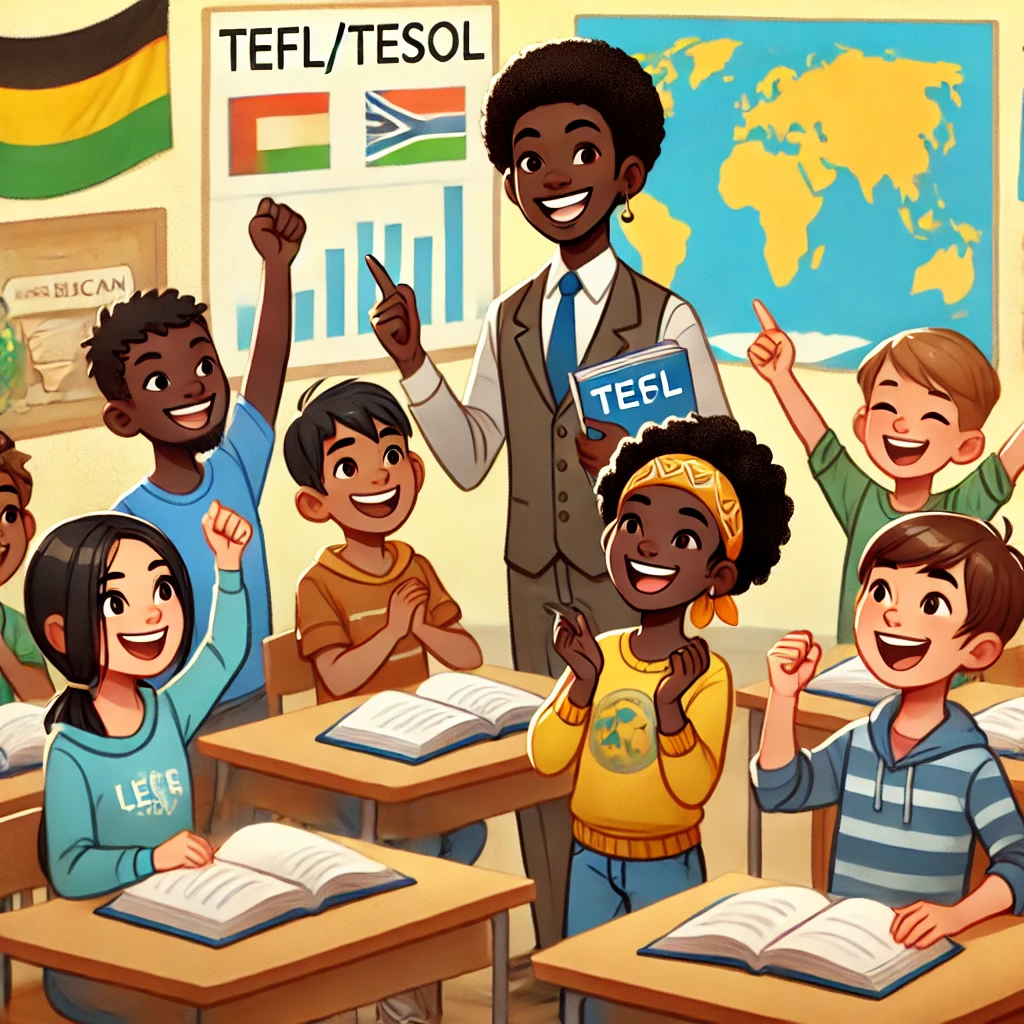Table of contents
1. Understanding TEFL Certification
2. Effective Teaching Methods in TEFL
3. Integrating Technology in TEFL Instruction
4. Specialized Teaching Techniques for Diverse Learners
Understanding TEFL Certification
TEFL (Teaching English as a Foreign Language) certification is a qualification that provides individuals with the skills and knowledge needed to teach English to non-native speakers. It is essential for those looking to pursue a career in teaching English abroad or online. TEFL certification courses cover teaching methodologies, lesson planning, classroom management, and language assessment. Obtaining a TEFL certification not only enhances job prospects but also equips educators with the tools to create engaging and effective learning environments for their students.
Effective Teaching Methods in TEFL
In the field of TEFL, incorporating a variety of teaching methods is crucial to cater to the diverse learning styles and preferences of students. Some effective teaching methods commonly used in TEFL include the Communicative Approach, Task-Based Learning, and the Audio-Lingual Method. The Communicative Approach focuses on real-life communication and interaction, while Task-Based Learning emphasizes the completion of meaningful tasks to enhance language proficiency. The Audio-Lingual Method, on the other hand, emphasizes repetition and drills to reinforce language patterns. By integrating these diverse teaching methods, educators can create dynamic and engaging lessons that cater to the needs of all learners.
Integrating Technology in TEFL Instruction
Technology has become an integral part of modern education, including TEFL instruction. Integrating technology in TEFL classes can enhance student engagement, provide interactive learning opportunities, and facilitate language practice outside the classroom. Some popular technological tools used in TEFL include online platforms for virtual classrooms, language learning apps for vocabulary practice, and multimedia resources for listening and speaking activities. By leveraging technology effectively, educators can create a dynamic and interactive learning environment that motivates students to engage with the English language in meaningful ways.
Specialized Teaching Techniques for Diverse Learners
In TEFL classrooms, educators often encounter diverse learners with varying language proficiency levels, learning styles, and cultural backgrounds. To cater to the needs of all students, specialized teaching techniques such as differentiation, scaffolding, and incorporating cultural content are essential. Differentiation involves adapting lesson materials and activities to suit the individual needs of students, while scaffolding provides support and guidance to help learners achieve their language learning goals. Additionally, incorporating cultural content in lessons helps students connect language learning with real-world contexts and enhances their cultural awareness. By employing these specialized teaching techniques, educators can create inclusive and effective learning environments for all students.
Tefl reviews - Theories Methods Techniques Of Teaching The Classical Method Tefl reviews - Theories Methods Techniques Of Teaching The Direct Method Secrets of Effectively Teaching Core Vocabulary - ITTT Tefl reviews - Theories Methods Techniques Of Teaching Grammar Translation Tefl reviews - Theories Methods Techniques Of Teaching The Silent Way Tefl reviews - Theories Methods Techniques Of Teaching Methodology Review Is Drilling an Effective Teaching Method? - ITTT Games as a Teaching Method for Adult ESL Students - ITTT Tefl reviews - Theories Methods Techniques Of Teaching Suggestopedia Which online TEFL certification is the best for teaching online?



